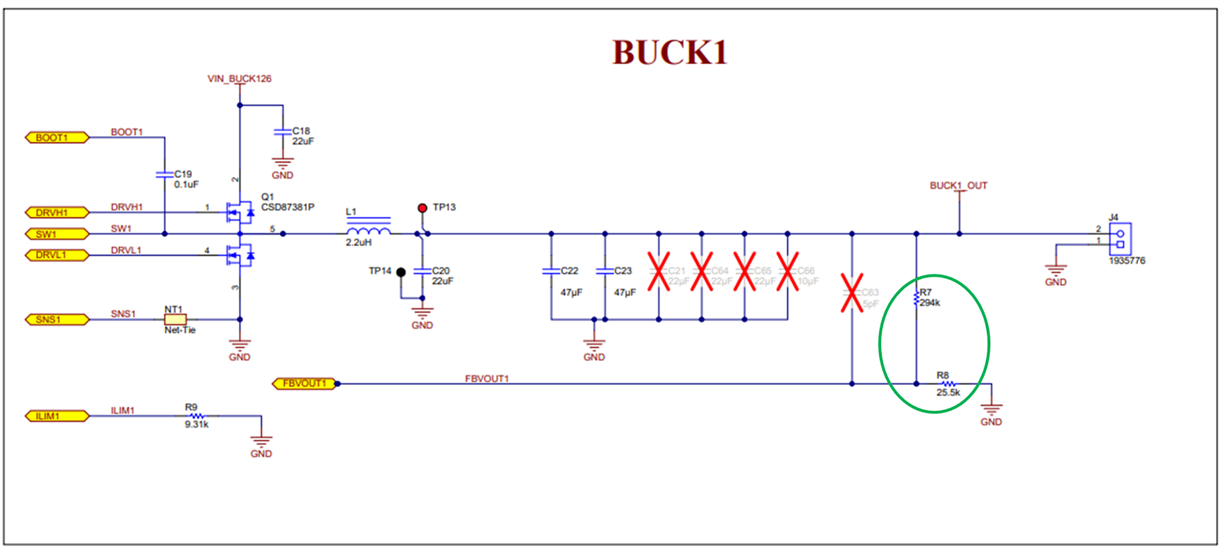Other Parts Discussed in Thread: TPS544B25, TIDA-01393, TPS650861, TPS548B22, CSD87331Q3D, CSD87381P
For one of our MPSOC (XCZU6CG) based design we have chosen to use TPS6508641
I have strictly followed the user guide and datasheet of TPS6508641
Posted are the Schematic of TPS6508641, for which the timing diagram is also attached
Power_Sequence_MPSOC_XCZU6CG.pdf
SCHEMATIC_PMIC_MPSOC_XCZU6CG.pdf
Kindly let us know whether the schematic will adhere to the timing sequence or not


